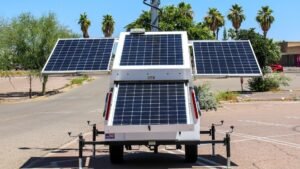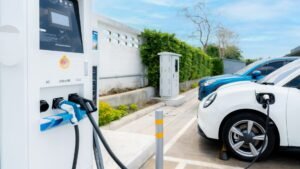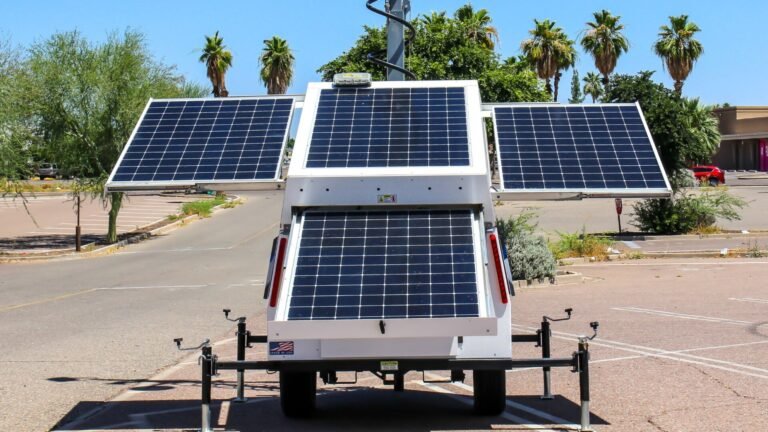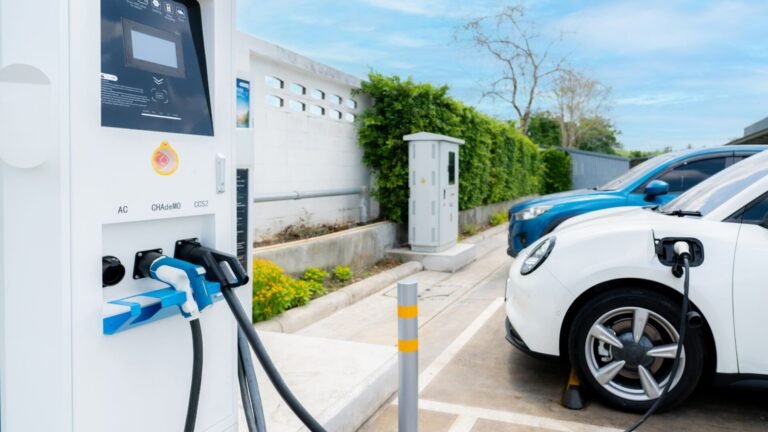As Europe strides toward a more sustainable future, the integration of solar energy technologies into public infrastructure has become a top priority.
TopCon solar technology, with its high efficiency and long-term durability, is an ideal candidate for such integration.
Here are five key strategies for effectively implementing TopCon solar solutions into European public infrastructure, enhancing not only environmental sustainability but also economic and social value.
1. Strategic Planning and Policy Support
The first step in integrating TopCon solar into public infrastructure is the development of a robust strategic plan supported by strong governmental policies.
European governments can play a crucial role by creating favorable conditions through subsidies, tax incentives, and grants specifically designed for solar projects.
For instance, policies aimed at reducing the upfront cost of solar installations can make these projects more financially viable for public sectors.
Moreover, integrating solar power into long-term urban and regional planning is essential. Governments should consider amendments to building codes to mandate or encourage the incorporation of solar technology in new public constructions and renovations.
This strategic approach ensures that TopCon solar becomes an integral part of infrastructure projects from the outset, rather than an afterthought.
2. Public-Private Partnerships (PPP)
To leverage the advanced capabilities of TopCon solar technology, fostering public-private partnerships is crucial. These collaborations can bring together the efficiency and innovation of the private sector with the scale and accessibility of public projects.
For instance, a PPP model can be used for the installation of solar panels on public buildings, bridges, and tunnels, where private firms undertake the financing, installation, and maintenance, while public agencies provide the necessary space and regulatory approvals.
These partnerships can also facilitate the sharing of risks and rewards between public entities and private companies, making large-scale installations more feasible.
Moreover, PPPs can help in technology transfer and capacity building, ensuring that public sector personnel are trained in the latest solar technologies, including TopCon systems.
3. Utilizing European Technological and Research Capabilities
Europe is home to some of the world’s leading research institutions and technological innovators in the field of solar energy.
Leveraging this expertise can accelerate the integration of TopCon solar technology into public infrastructure.
Collaborating with universities, research institutes, and technology companies can lead to innovations tailored to the specific needs of public infrastructure projects.
Such collaborations can also drive the development of new applications of TopCon technology, such as integrating solar cells in sound barriers along highways or multifunctional street furniture like bus stops and street lights.
This approach not only enhances the functionality of public infrastructure but also increases the public acceptance and visibility of solar energy.
4. Education and Community Engagement
Successful integration of solar technology into public infrastructure also depends on public perception and acceptance. Implementing educational programs that inform the public about the benefits of TopCon solar technology and its role in sustainability can generate positive feedback and support.
These initiatives can include workshops, exhibitions, and interactive sessions held in community centers, schools, and public libraries.
Community engagement strategies such as involving local communities in the planning and decision-making processes for solar projects can also enhance public support.
This inclusive approach ensures that the projects meet the real needs of the community, increasing their effectiveness and impact.
5. Monitoring, Maintenance, and Continuous Improvement
Once TopCon solar systems are integrated into public infrastructure, continuous monitoring, and maintenance are essential to ensure they operate at optimal efficiency.
Implementing advanced monitoring systems that can predict maintenance needs and optimize performance in real time is crucial.
These systems not only reduce the downtime of solar installations but also extend their lifespan and efficiency.
Furthermore, a feedback loop where data collected from these systems is analyzed to improve future projects can significantly enhance the efficacy of solar integrations.
Learning from each project and making adjustments for future installations can lead to better designs, more efficient implementation, and ultimately, a more robust integration of TopCon solar technology in public infrastructure.
Conclusion
Integrating TopCon solar technology into European public infrastructure represents a transformative step towards sustainable urban development.
By focusing on strategic planning, fostering public-private partnerships, leveraging local expertise, engaging with communities, and ensuring robust maintenance and continuous improvement, European cities can harness the full potential of solar energy.
This not only contributes to environmental sustainability but also bolsters economic growth and improves the quality of life for all citizens.
As we look to the future, the strategic integration of TopCon solar into public infrastructure is not just beneficial—it’s imperative.






